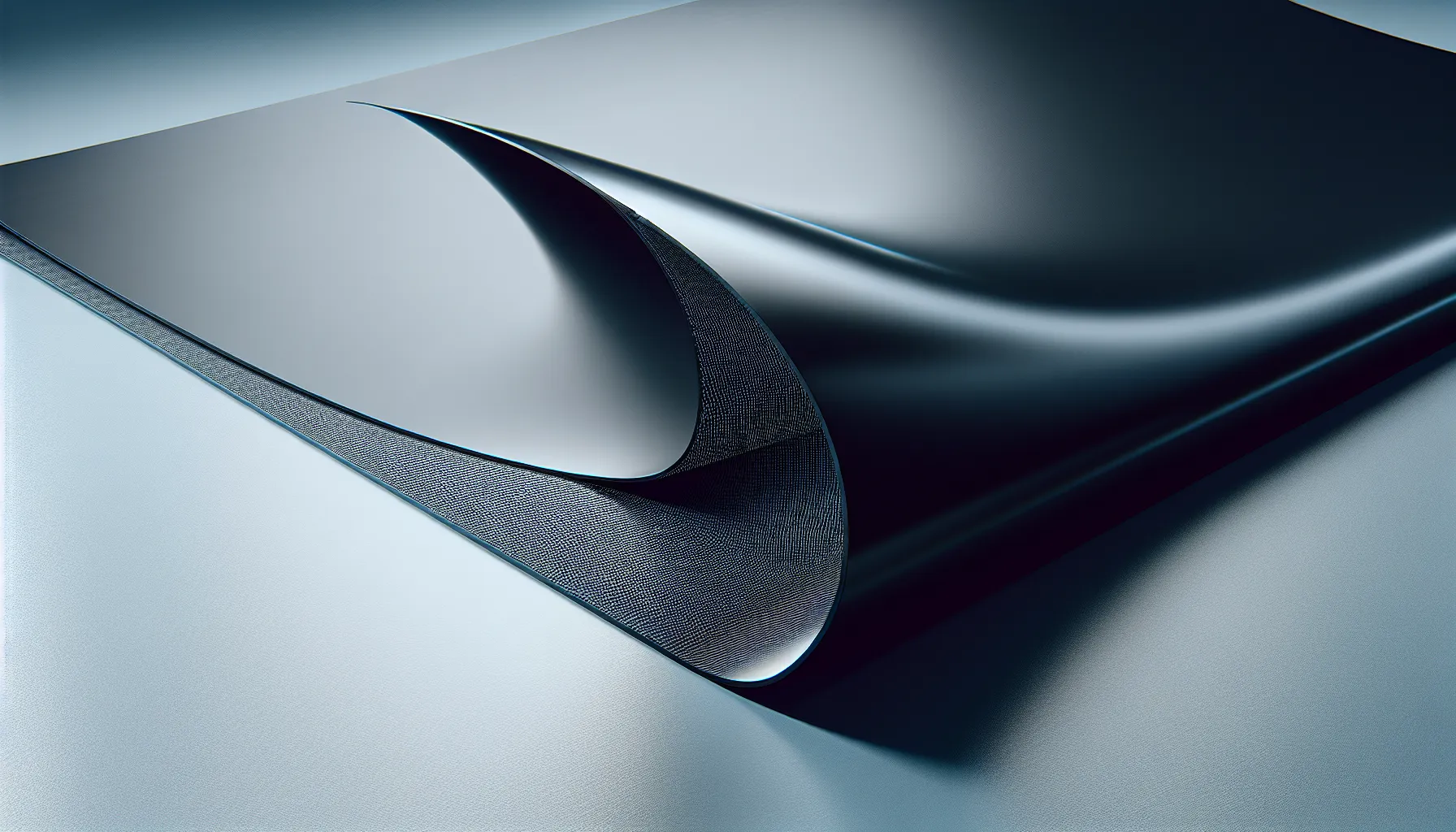In the world of rubber compounding, efficiency and consistent quality are paramount. Whether it’s for entry door components, fireplace barriers, or window screens, achieving the right rubber compound is crucial for delivering high-performance products.
To optimize your rubber mixing mill operations and enhance efficiency and quality, consider the following key factors:
-
Proper Maintenance: Regular maintenance of your rubber mixing mill ensures optimal performance and extends the lifespan of the equipment.
-
Mixing Techniques: Employing effective mixing techniques, such as intermeshing rotors or internal mixers, helps achieve uniform dispersion and distribution of ingredients.
-
Temperature Control: Maintaining precise temperature control during the compounding process ensures consistent results and prevents degradation of the rubber compound.
-
Quality Control: Implementing rigorous quality control measures, including testing raw materials and conducting thorough quality checks at each stage, helps ensure consistent and high-quality rubber compounds.
-
Operator Training: Providing comprehensive training to operators on proper machine operation and compounding techniques is crucial for achieving consistent results.
-
Monitoring and Automation: Utilizing advanced monitoring systems and automation technologies can help streamline processes, improve efficiency, and ensure consistent quality.
One effective solution for efficient rubber compounding is the use of hydraulic dispersion kneaders . These machines, like the ones offered by Microquick Engineers, offer excellent compounding performance with automated continuous hydraulic ram pressure on ingredients. With batch preparation times of 7-12 minutes, these kneaders provide efficient and consistent quality compounding.
Microquick Engineers, with over 25 years of experience in the industry, specializes in manufacturing and exporting hydraulic dispersion kneaders that are durable and energy-efficient. Their kneaders are suitable for various industries , including automotive, industrial, consumer products, healthcare, electrical, and other rubber industries.
In this blog series, we will explore the secrets to achieving consistent quality in rubber compounding , including tips, techniques, and the latest advancements in the field. Stay tuned for the next installment, where we dive deeper into the importance of efficient rubber compounding.
Understanding Rubber Compounding
Understanding rubber compounding is crucial
in the rubber manufacturing process
. It involves blending various ingredients to create rubber compounds with desired properties. In this section, we will delve deeper into the key factors that significantly impact the quality of rubber compounds.
Compound Viscosity
One of the primary factors to consider in rubber compounding is compound viscosity. Viscosity refers to the thickness or flow resistance of the rubber compound. It plays a vital role in determining the processing characteristics and final properties of the compound.
- If the viscosity is too low, the compound may flow too easily, leading to poor dispersion and inadequate filler incorporation.
- If the viscosity is too high, it can hinder the mixing process and result in incomplete dispersion and poor compound uniformity.
To control compound viscosity, rubber compounders can adjust the formulation by adding plasticizers or other viscosity modifiers. Plasticizers are substances that can reduce the intermolecular forces between polymer chains, thus increasing the mobility of the polymer and lowering the compound’s viscosity. By carefully selecting and incorporating the right plasticizer, compounders can achieve the desired viscosity for their specific application.
Dispersion Quality
Another important factor that influences the quality of rubber compounds is dispersion quality. Dispersion refers to the distribution of fillers, additives, and other ingredients within the rubber matrix. Poor dispersion can lead to a non-uniform compound with variations in physical properties, such as tensile strength, elongation, and hardness.
Achieving good dispersion requires efficient mixing techniques and adequate processing parameters. One commonly used method is the use of mechanical mixing equipment, such as rubber mixing mills or internal mixers. These machines work by subjecting the rubber compound to intense shear forces, which help break down agglomerates and disperse fillers evenly.
Furthermore, maintaining optimal mixing temperature is crucial for achieving good dispersion. Temperature
control during the mixing process
ensures that the rubber and other ingredients reach the appropriate viscosity for effective dispersion. Controlling the temperature helps prevent scorching, a phenomenon where the rubber compound prematurely vulcanizes and becomes unusable.
Scorch and Bloom
Scorch and bloom are two additional factors that impact the quality of rubber compounds. Scorch refers to the premature vulcanization of the rubber compound during processing, leading to decreased workability and poor final properties. Bloom, on the other hand, refers to the migration of certain additives to the surface of the rubber compound, resulting in an unsightly appearance and potential performance issues.
To mitigate scorch and bloom, rubber compounders can employ various strategies:
- Optimizing processing parameters, such as temperature and mixing time
- Using suitable anti-scorching agents
- Carefully selecting and incorporating additives with low migration tendencies
Advanced Rubber Compounding Machines: The Secret to Consistent Quality
One of the main secrets to achieving consistent quality in rubber compounding is the use of advanced rubber compounding machines. These machines play a crucial role in ensuring that the rubber compounds produced meet the desired specifications and performance requirements.
Microquick Engineers: Leading Manufacturer of Hydraulic Dispersion Kneaders
When it comes to rubber compounding machines, Microquick Engineers is a leading manufacturer and exporter, known for their innovative hydraulic dispersion kneaders. These kneaders offer several benefits that contribute to efficient and consistent quality compounding .
-
The introduction of continuous hydraulic ram pressure on ingredients ensures thorough mixing and dispersion of the rubber compounds, resulting in a more homogenous and consistent product.
-
The automated nature of this process reduces the risk of human error and variability in the final product.
-
Microquick Engineers’ kneaders have batch preparation times ranging from 7 to 12 minutes, significantly faster compared to traditional methods, increasing productivity and ensuring consistent quality in every batch produced.
-
The kneaders are equipped with wear-resistant mixing chambers and rotors, resulting in a longer lifespan and consistent performance over time.
-
Innovative shaft seals with lubrication passage prevent ingredient leakage, maintaining the quality and integrity of the rubber compounds being produced.
-
The hydraulic dispersion kneaders are designed with low energy consumption in mind, reducing operational costs and contributing to environmental sustainability.
Microquick Engineers: Trusted Manufacturer with 25+ Years of Experience
Microquick Engineers has over 25 years of experience in the industry, making them a reliable and trusted manufacturer of rubber compounding machines. Their hydraulic dispersion kneaders have been well-received by various industries, including automotive, industrial, consumer products, healthcare, electrical, and other rubber industries.
To further showcase their expertise and customer satisfaction, Microquick Engineers provides a video library on their website, featuring their products and positive testimonials from satisfied customers. This serves as a testament to the consistent quality and performance of their rubber compounding machines.
Conclusion
The use of advanced rubber compounding machines, such as Microquick Engineers’ hydraulic dispersion kneaders, is the secret to achieving consistent quality in rubber compounding. These machines offer benefits such as continuous hydraulic ram pressure on ingredients, efficient batch preparation times, wear-resistant components, innovative shaft seals, and low energy consumption. With over 25 years of experience and positive customer feedback, Microquick Engineers is a reliable choice for high-quality rubber compounding machines.
The Importance of Efficient Rubber Compounding
Efficient rubber compounding is crucial for achieving consistent quality in rubber compounds. Microquick Engineers, a leading manufacturer and exporter of Hydraulic Dispersion Kneaders, offers a solution that ensures excellent compounding performance.
Features of Microquick Engineers Hydraulic Dispersion Kneaders
- Automated continuous hydraulic ram pressure on ingredients
- Wear resistance properties in the mixing chamber and rotors
- Innovative shaft seals with lubrication passage to prevent ingredient leakage
- Low energy consumption
Applications of Microquick Engineers Hydraulic Dispersion Kneaders
The kneaders are suitable for various industries , including:
- Automotive
- Industrial
- Consumer products
- Healthcare
- Electrical
- Other rubber industries
Why Choose Microquick Engineers?
With over 25 years of experience in the industry, Microquick Engineers has a proven track record of customer satisfaction. Their website offers a video library showcasing their products and positive testimonials from satisfied customers.
Explore Microquick Engineers’ Blog
Visit Microquick Engineers’ website to learn more about efficient rubber compounding and how they can help optimize performance and efficiency. Their blog covers topics such as:
- Optimizing performance and efficiency of dispersion mixers
- Enhancing automotive rubber parts quality
- The importance of energy efficiency in rubber processing equipment
- Key factors to consider when choosing a hydraulic dispersion kneader manufacturer
Remember, consistent quality in rubber compounds is essential for the success of various industries. Take the necessary steps to ensure efficient rubber compounding and discover the benefits it brings to your business.
For more information, visit the Microquick Engineers website .


